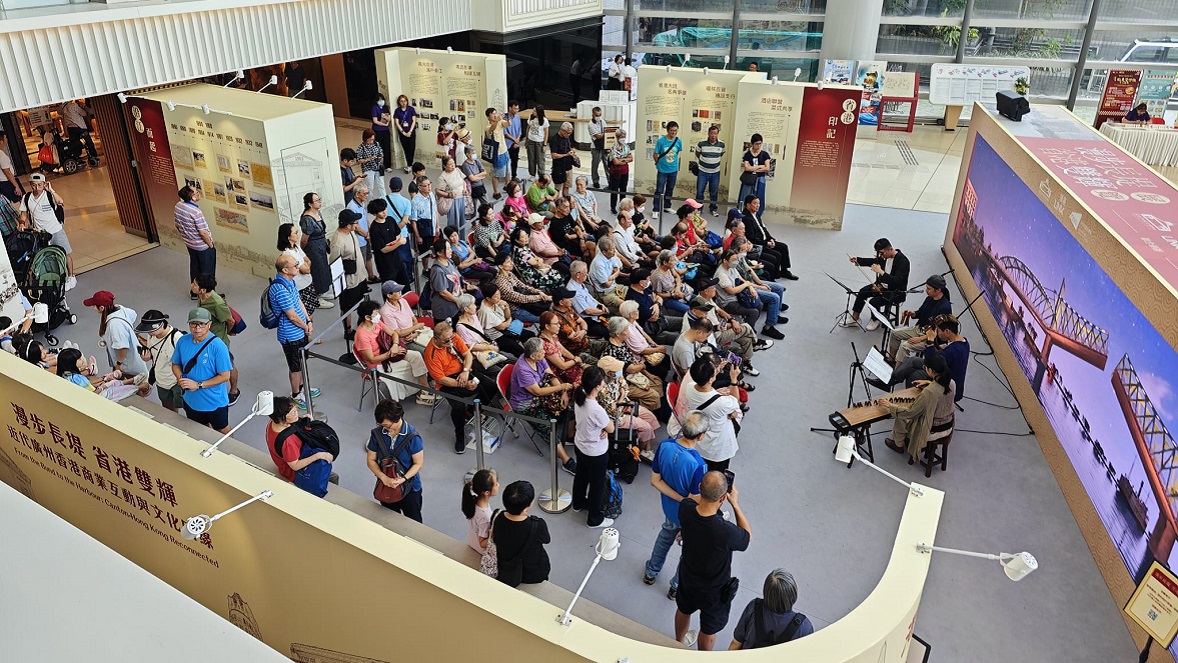
“From the Bund to the Harbour: Canton-Hong Kong Reconnected” exhibition is being held at Link's Lok Fu Plaza from 20 September to 17 October, which has already attracted people of all ages during its first week.
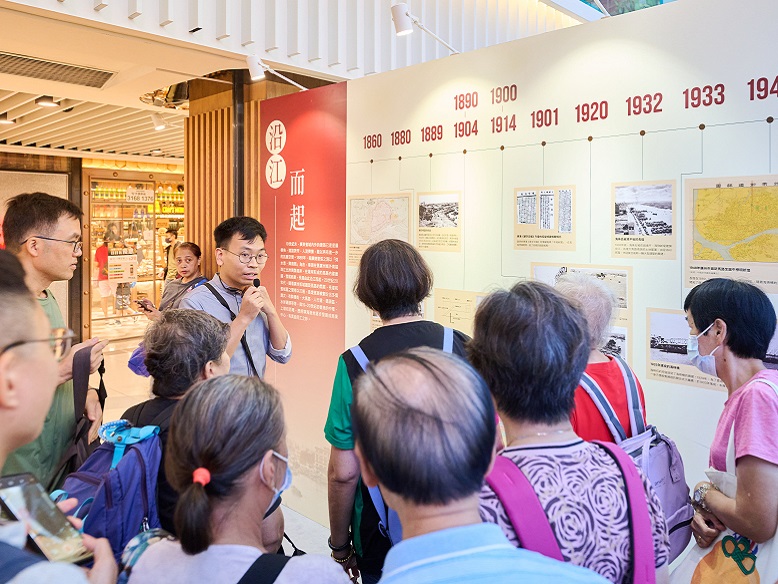
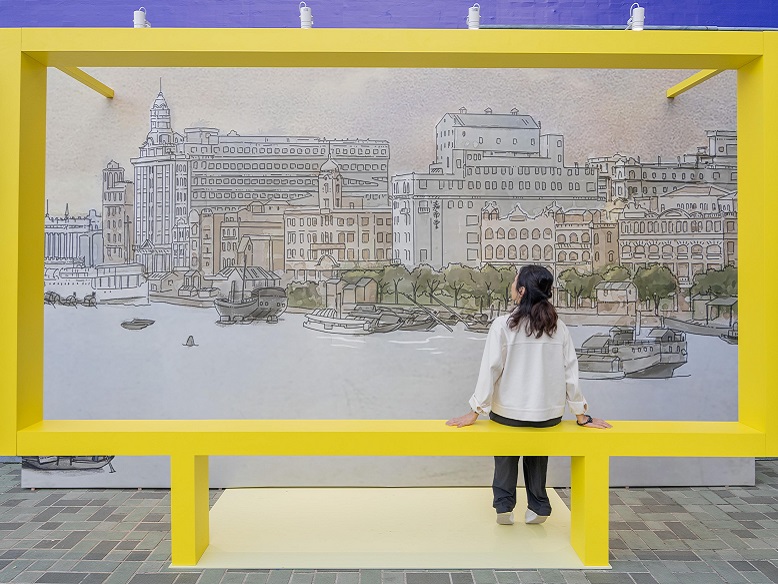
If you're not in Hong Kong but are interested in the exhibition, this article will guide you through the stories about Changdi, as well as the connection between Guangzhou and Hong Kong.
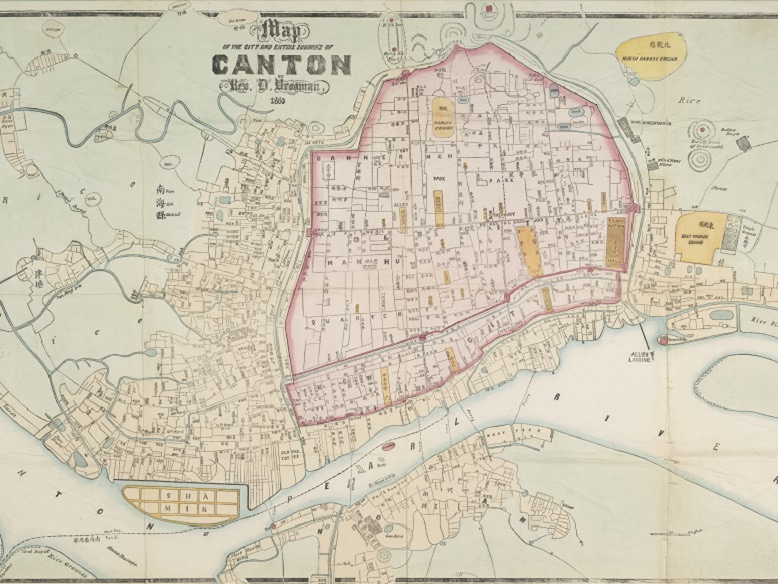
Guangzhou experienced rapid urban growth and commercial development in the modern era, outpacing its original layout and capacity. Reclamation and road construction emerged as solutions. Changdi, established in 1888, aimed to create a commercial street along the Pearl River’s north bank. Completed in 1914, Changdi integrated with the old city in the 1920s and developed into a multi-tiered area with streets, main roads, sidewalks, dock areas, and waterfront docks.
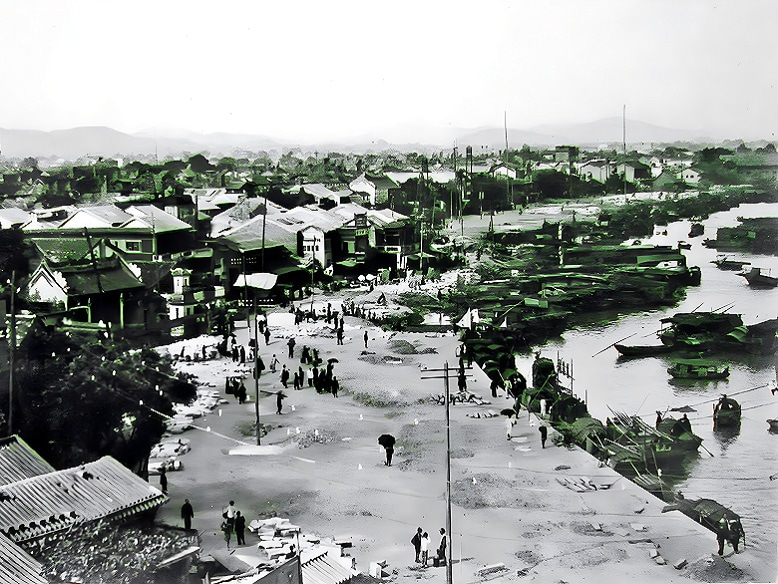
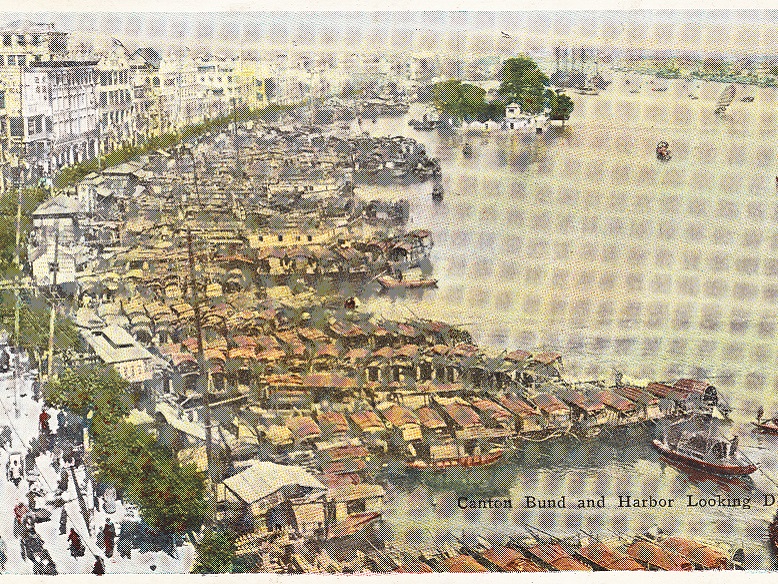
Old Guangzhou City, with its traditional Chinese layout, was encircled by city walls and moats. It housed government agencies, temples, and ancestral halls, while commercial and residential activities flourished outside. When the city gates closed, business halted and Sai Kwan emerged as the bustling centre.
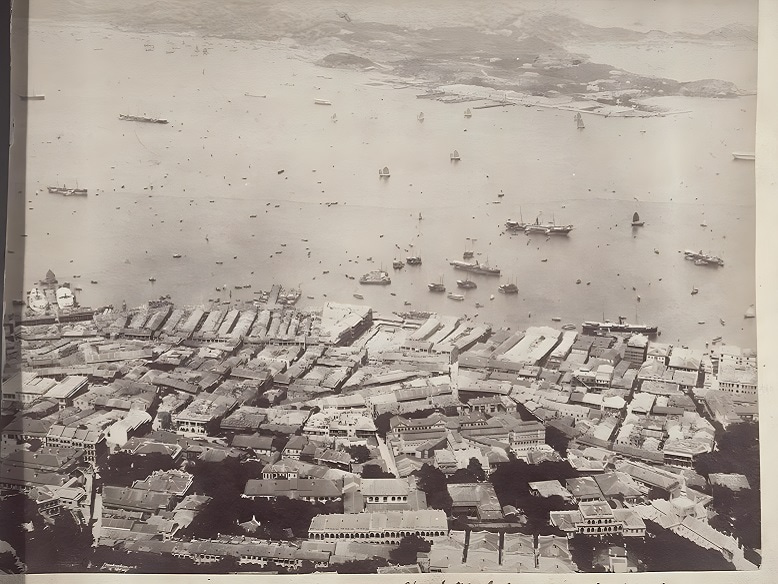
During the construction of Changdi, Hong Kong’s Shek Tong Tsui and Possession Point district underwent a major reclamation project from 1890 to 1904, transforming it into a vibrant area with restaurants and theatres. The construction of seawalls expanded the waterfront and streamlined the coastline.
From the 1920s to the 1930s, Changdi became Guangzhou’s transportation and commercial hub with a rising number of modern Chinese and Western-style buildings. Notable examples include The Sun Co. and Ga Nam Tong, which served various urban functions.
For visitors from Hong Kong and other regions, Changdi often served as their initial destination. Prominent landmarks like the Canton Customs House - affectionately known as the “Big Bell Tower” - and the nearby Guangdong Post Office, completed in 1916, greeted them.
The Canton Customs House, China’s first modern customs facility, and the Guangdong Post Office featured Western-style facades clad in granite, a material not native to Guangzhou. The granite used in the Guangdong Post Office was imported from Hong Kong.
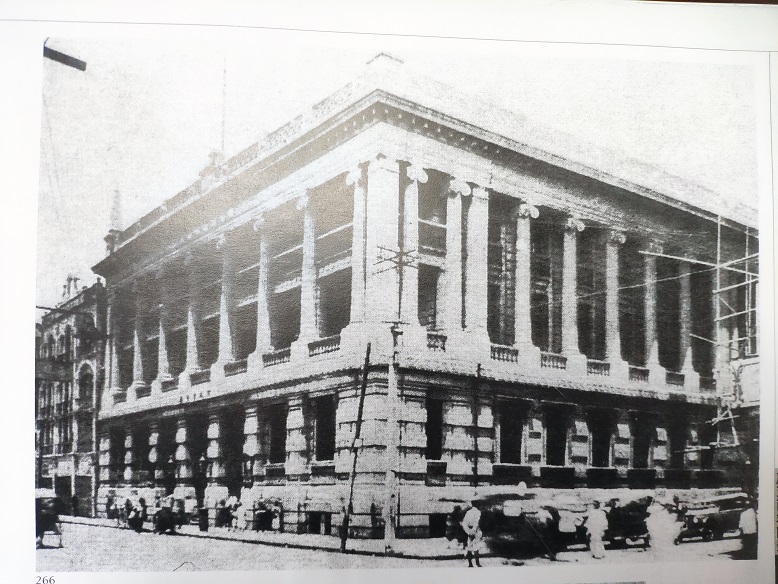
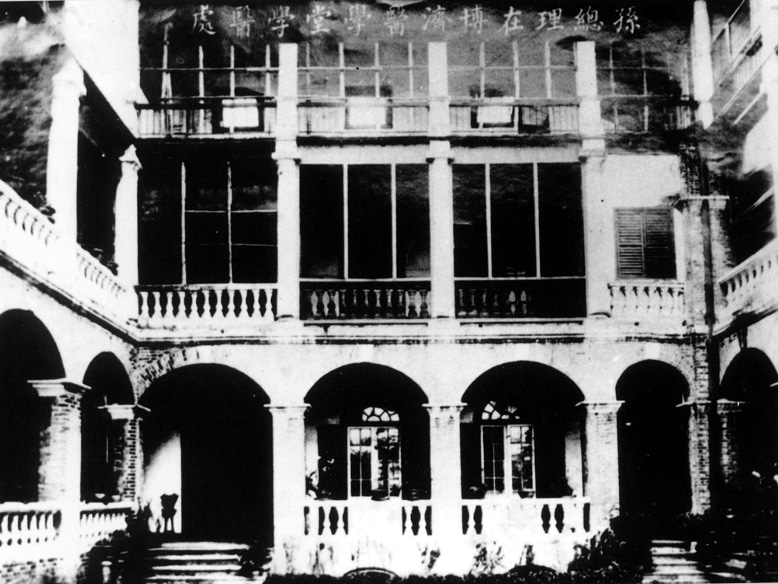
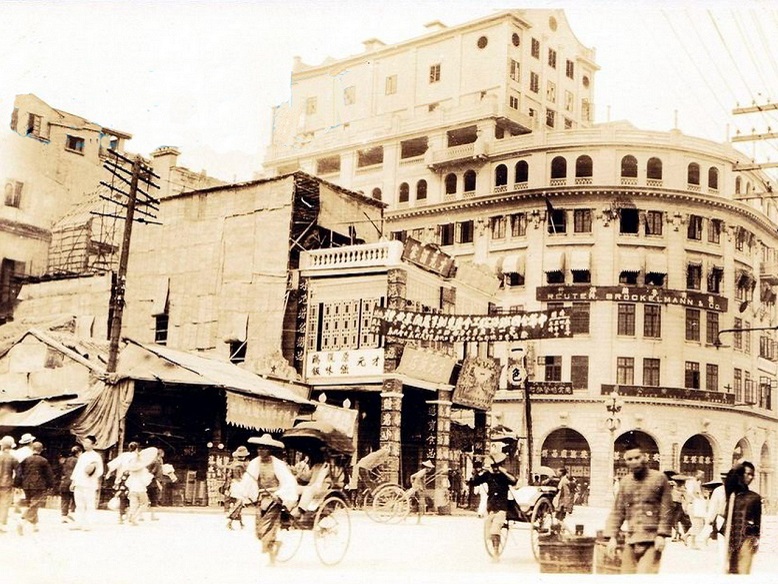
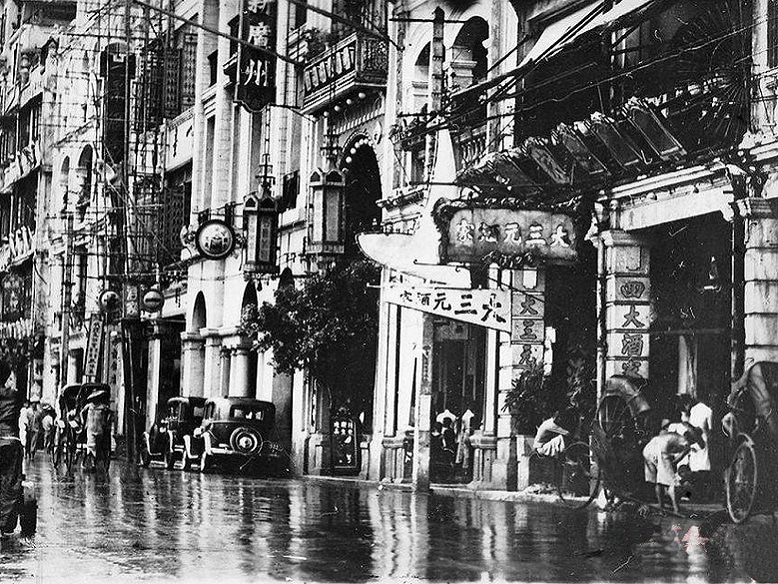
The Hoi Chu Bridge, the first cross-river bridge in Guangzhou, was constructed in 1933. Named after Hoi Chu Island, it was built by Andersen Meyers & Co., Ltd with McDonnell & Gorman Incorporated Engineering Projects. It opened to allow ships to pass but was destroyed in two wars and rebuilt in 1950, with its opening mechanism discontinued.
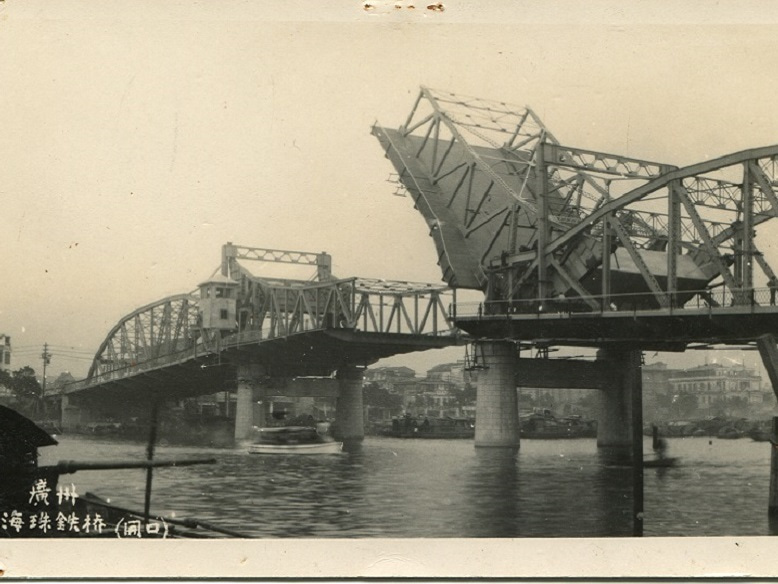
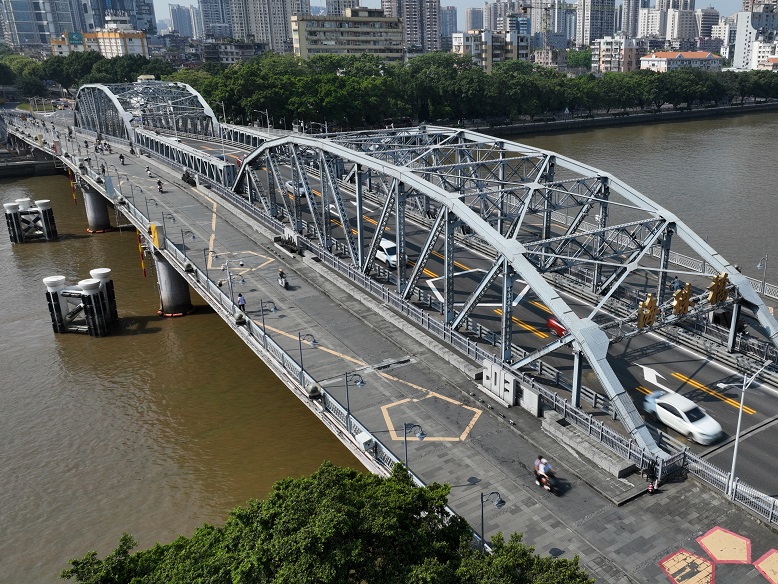
During its reconstruction, technician Liang Zhizhang acquired steel from a demolished seven-storey structure in Hong Kong, which was used in the new bridge beams. Some original bridge components are still visible.
The straight-line distance between Guangzhou and Hong Kong is just 120 kilometres. Despite being governed under different systems since the mid-19th Century, the two cities share deep connections rooted in language, culture, and culinary tastes, shaped by their historical and geographical ties. Many businesses and institutions operate in both cities, reflecting their intertwined histories. Iconic brands such as Sincere Department Store, Haizhu Grand Theatre, and Changdi True Light Middle School, which once thrived in Guangzhou’s Changdi and neighbouring Sai Kwan, are renowned across Canton, Hong Kong, and Macau. The presence of many Hong Kong residents in Guangzhou has further strengthened the bond between these vibrant cities.
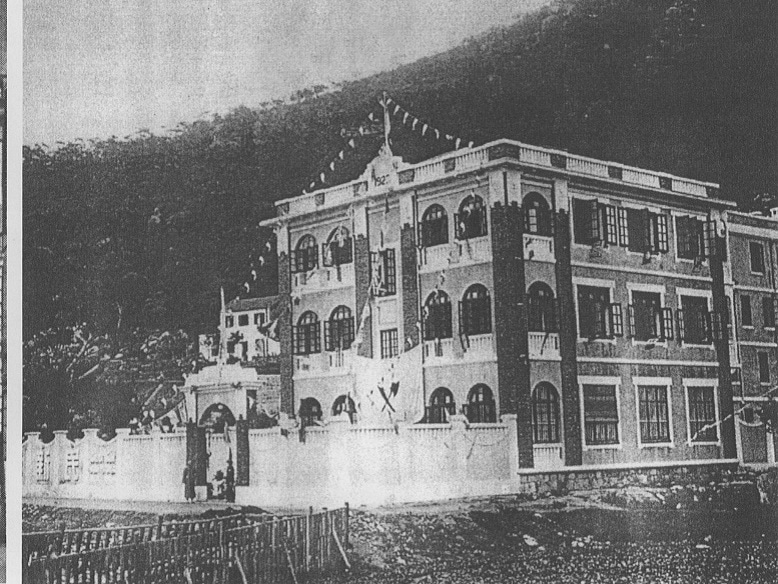
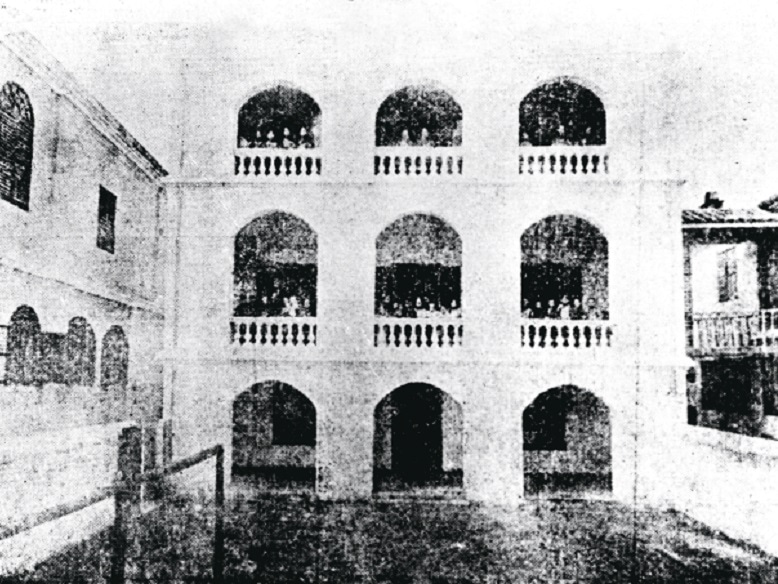
Changdi boasts a rich history of more than a century. As railways evolved, water transportation waned, and Guangzhou’s central business district shifted eastward. The vibrant scenes of bustling traffic on Changdi Damalu, rows of ships on the river, and crowded docks have become cherished memories.
Most of the buildings featured in this exhibition still stand and are listed on the Guangzhou Historic Building Protection List. If you find yourself in Guangzhou, take the opportunity to visit these landmarks and relive the echoes of the past.